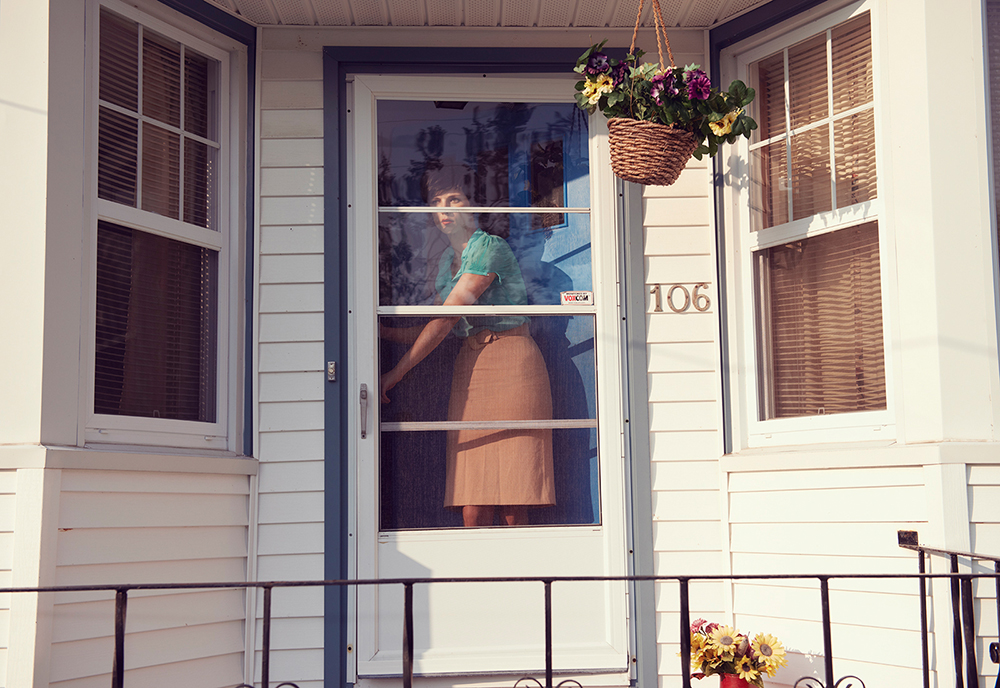Kourtney Roy was born in the wilds of Northern Ontario, Canada. She learned to use an axe before she learned to walk and had mastered the use of her father’s rifle and other small firearms by the age of twelve. At the age of 13 she was the regional cross-country ski champion. She then devoted her abilities to smuggling furs and maple syrup across the frozen Acadian frontiers. After having spent a rather raucous youth drinking, snake handling and bar fighting, she turned her gaze towards Europe, eventually settling in Paris. Kourtney’s days in the French capital are spent hell raising, drinking bourbon and photographing herself in seedy hotels and dilapidated trailer parks.


Hope, my project for the Prix Elysée, combines self-portraits, landscapes and still-lives photographed in and around various small Canadian towns in the regions where I spent my childhood (mainly in Northern Ontario and southern British Columbia). Within these familiar urban and rural locales I utilize the self to engage the body’s capacity for improvisation and performance in order to create strange and unexpected disturbances within otherwise banal scenes. This method of photography regularly relies on the vagaries of chance: “accidents” that arise during my ambulatory search for sites and situations. Examples of such unintended incidents are the inclusion of casual passers-by in the moment of the image creation, a temporary construction site that provides normally unavailable access to a rooftop, a pool that had been emptied for repairs, or an abandoned car left in a rundown parking lot (to name only a few of many possibilities).

I spent my days cruising through small towns, searching for sites and situations in the prosaic sceneries with the backseat full of camera equipment, a load of wigs and thrift-store dresses in the trunk and a pack of smokes and a cup of coffee on the dash. This method, though seemingly linked to the visual syntax of the staged photograph, is in fact the result of an accidental encounter and an orchestrated readiness on my behalf.




I decided to perform the work in Canada, specifically in the small towns and backwoods of my childhood and adolescence. Much of my work is informed by the North American landscape ― vast stretches of empty wilderness interspersed with parking lots, highways, and gas stations, and dotted with small hubs of industry mixed with sleepy residential neighbourhoods. These topographies have haunted the periphery of my imagination, inhabiting and informing my memories (real or imagined), dreams and practice.
Marginally occupied spaces, overlooked and neglected areas coexisting and enfolding the more actively circulating routes of populated networks, often feature in my work. These liminal spaces are habitually by-passed; their usage is transient and minimal, yet I find it is in their mundane disrepair that the marvellous can be discerned.



Hope also explores the anecdote: discontinued narratives frozen by the photograph and presented to the viewer as deliberately incomplete stories. The regular use of myself as the main protagonist in my work allows for the literal fragmentation and deconstruction of identity. The doubling and redoubling of these characters is a playful concealment and revelation of a shifting and intangible subject. The result is that both the narrative and subject are presented as boundless possibilities, an infinity bordering the real and the fantastic.




To view more of Kourtney’s work, please visit her website!